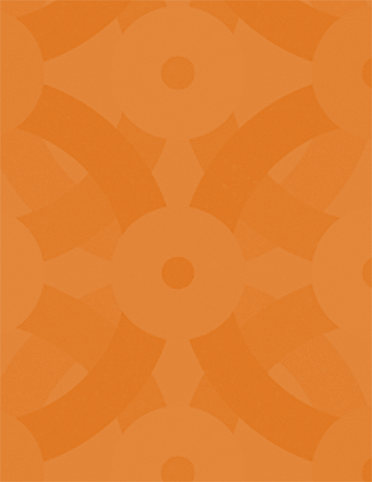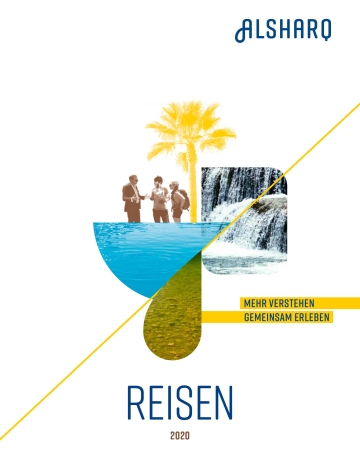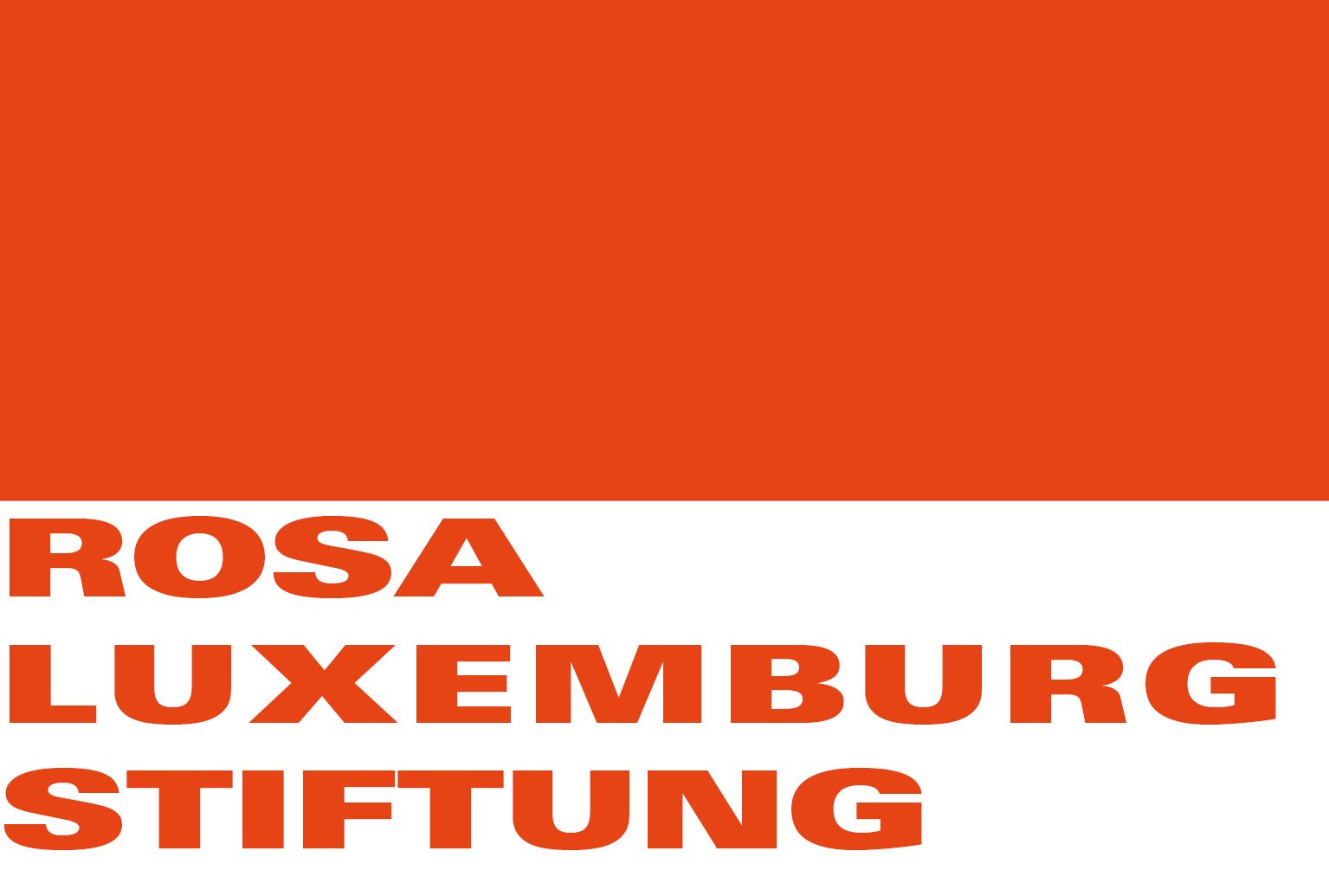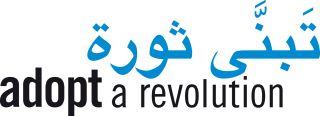Restrictions on freedom of movement play a pivotal role in the Israeli occupation of Palestine. To examine how those restrictions work and what effects they have, this article is divided into two parts. The first explores their impact on Palestinian national identity. The second part will address responses of state and non-state actors to press for rights for Palestinians, including through Boycott, Divestment and Sanctions (BDS). By Tamara Tamimi
A few years ago, I travelled to Lebanon to take part in a conference about the participation of Arab youth in the political, economic, social, and cultural spheres in their respective countries. During this three-day conference, I met a young man working with the Arab NGO Network for Development (the organiser of the conference), and felt this instantaneous attraction to him. His very fine details and features captivated me. We chatted extensively and he shared that his grandparents were forcefully displaced to Lebanon from Saffuriyya, a village close to Nazareth, during the 1948 ethnic cleansing of Palestinians.
Three days of blissful love, albeit his lack of knowledge, came to a close with the end of the conference. I didn’t know when I would ever see Jihad again, as the Israeli occupation does not allow him to come to Palestine. And when I live away from my hometown Jerusalem for too long, I risk losing my residency there. For months and months I hoped that I could figure out a way so that I can be with him, until I finally gave up: Palestinian refugees are deprived of their inalienable right of return and our freedom of movement is significantly restricted by the Israeli occupation.
The politics of residence and its personal dimension
The reality is this: Since 1967, Palestinian Jerusalemites are considered by Israeli law “Jordanian nationals residing in East Jerusalem”. That means we have to prove on a yearly basis that we reside in East Jerusalem by providing receipts of paying the Jerusalem land and house tax, electricity, water, and phone bills. Those who fail to provide such proof, in many cases simply because the respective costs are too high, will have their residency revoked. In the same time, the Palestinian Authority cannot provide any alternative form of registration and identification. This is why those Palestinians holding identity cards for East Jerusalem are in danger of becoming “absentee” persons.
Related to this policy, the Israeli authorities employ a strategy of population transfer, which further undermines our freedom of movement. In this way, Israel prevents Palestinian refugees from returning to their homeland. And it separates – and therefore disconnects – Palestinians into three distinct geographical areas, Israel, the West Bank, and the Gaza Strip. The ramifications of this are significant. For example, it is easier for me to see friends from Gaza in the United States than obtaining a permit that would allow me entry into Gaza, even though it is only a two-hour drive away.
So my encounter with Jihad was the first time when I fully realised the restrictions on movement Palestinians in all places of existence are subjected to. It evoked a sense of sadness and helplessness I haven’t since ceased to feel. But this feeling also made me look for an opportunity to try to change the situation – in whatever small steps possible. So I joined the “Palestinian Youth: Together for Change” (PYTC) project and its Mit-harkin campaign, which translates into “Movers” in English. This campaign brings together 60 Palestinian youth from all over historical Palestine, including present-day Israel, and focuses on enabling the realisation of freedom of movement for Palestinians. The campaign works on two complementary levels, the first focuses on dismantling intra-Palestinian stereotypes that restrictions on movement have given rise to. The second level seeks to raise the price-tag on companies complicit with the Israeli government and military in restricting freedom of movement of Palestinians. This is envisaged through systematic and organised calls and actions to boycott such companies, a point I will address more in the second part of this article.
Historical developments
When I joined the PYTC project I started working with the policy papers team. Intensive research first helped us as a group to understand the historical development. Then, we tried to identify different tools that Israel uses to prevent us from exercising our freedom of movement. Our findings and conclusions were dumbfounding and shocking.
In the course of its establishment in 1948, Israel demolished more than 500 Palestinian villages and systematically ethnically cleansed more than half the indigenous population, which amounts to 700 000 to 900 000 people. Subsequently, a 19-years military rule was imposed on the Palestinians who did not leave their houses and stood their grounds. Following the occupation of the remainder of historical Palestine in 1967, Israel then established and expanded illegal settlements all over the West Bank and Gaza Strip. Currently, there are over 520,000 settlers and 540 internal checkpoints in the West Bank, including East Jerusalem. Since the Hamas takeover in Gaza in 2006, the Israeli government furthermore imposed a naval, aerial, and land siege on Gaza that highly limits movement of goods and persons from and into Gaza, with severe economic, social, and national consequences. Using these tools, the Israeli government has effectively cut off communication among Palestinians in all places of existence.
Additionally, the PYTC’s policy paper team worked on identifying the impact of these restrictions. Our most notable conclusion was that Palestinian collective national identity is compromised through the confiscation of land, expansion of settlements, building/expansion of the separation Wall, imposition of checkpoints, and enforcement of legal restrictions. In effect, Palestinians over the land of historical Palestine and abroad are disconnected from one another.
A Physical and Mental Disconnect
The disconnection and highly limited communication among Palestinians over the past 67 years fragments the indigenous Palestinian population. Lack of communication between Palestinians holding Israeli nationality, and those residing in the West Bank, Gaza Strip and refugee camps in neighbouring countries has triggered different needs and priorities. For instance, the allusion of statehood over a part of historical Palestine, however small this part was to be according to the Oslo Accords, drove Palestinians to focus on daily life instead of national issues. Alternatively, the imposition of an eight-year siege over one of the most densely populated areas in the world has shifted the concern of Palestinians in Gaza towards mere subsistence. Today, they need to focus more on where to get wheat, salt and sugar instead of how to attain liberation.
The continued utilisation of such policies and practices are grave violations of International Human Rights Law and, more applicably even, International Humanitarian Law. Yet, despite recent shifts in the attitudes and opinions of the international community, particularly after the latest assault on Gaza, the Israeli government remains largely untouched. Instead, economic and therefore political interests account for the permissibility bestowed upon it. This is why alternative approaches are needed to stop the atrocities against Palestinians. In the second part of this article to be published in a few days, I will therefore address responses of state and non-state actors to press for Palestinian rights, including through Boycott, Divestment and Sanctions (BDS).

















